Table of Contents
Introduction to Ginger
Ginger is a versatile rhizome that brings warmth, depth, and complexity to any dish. While it might look simple, this root holds a world of flavor that can elevate your cooking from ordinary to extraordinary.

Ginger is one of the oldest spices used in culinary and medicinal practices worldwide. It's a treasure chest of essential oils, antioxidants, and anti-inflammatory compounds. When you use fresh ginger, you're getting all of that goodness in a compact, potent form.
Historical Evolution of Ginger Use
Ginger's journey from ancient remedy to global staple reveals fascinating adaptation patterns. Verified milestones show how cultural applications evolved alongside scientific understanding:
| Era | Key Developments | Verification Source |
|---|---|---|
| 500 BCE - 500 CE | Documented in Huangdi Neijing (China) and Sushruta Samhita (India) for digestive and anti-nausea applications. Traded along early Silk Road routes. | Encyclopædia Britannica |
| 1000 - 1500 CE | Adopted in Arabic medicine (Al-Tasrif texts) for circulatory health. European monasteries cultivated ginger for plague treatments during the Black Death. | NIH Historical Review |
| 1500 - 1800 CE | Spanish colonists introduced ginger to Caribbean islands. Became essential in European apothecaries for motion sickness (noted in Royal Navy logs). | British Library Archives |
| 1980 - Present | Clinical validation of gingerol's antiemetic properties (FDA-recognized for pregnancy nausea). Modern culinary fusion in global street food movements. | Cochrane Database Study |
Why Ginger is a Must-Have in Your Kitchen
If you're serious about cooking or simply love experimenting with flavors, ginger should be on your list. Here's why:
- Flavor Powerhouse: A small piece of ginger can transform a bland dish into something vibrant and aromatic.
- Health Benefits: Ginger has been used for centuries to aid digestion, reduce nausea, and boost immunity.
- Versatile: From stir-fries to teas, soups to desserts, ginger can be used in almost any recipe.
- Easy to Use: You don't need special tools—just slice, grate, or crush it as needed.
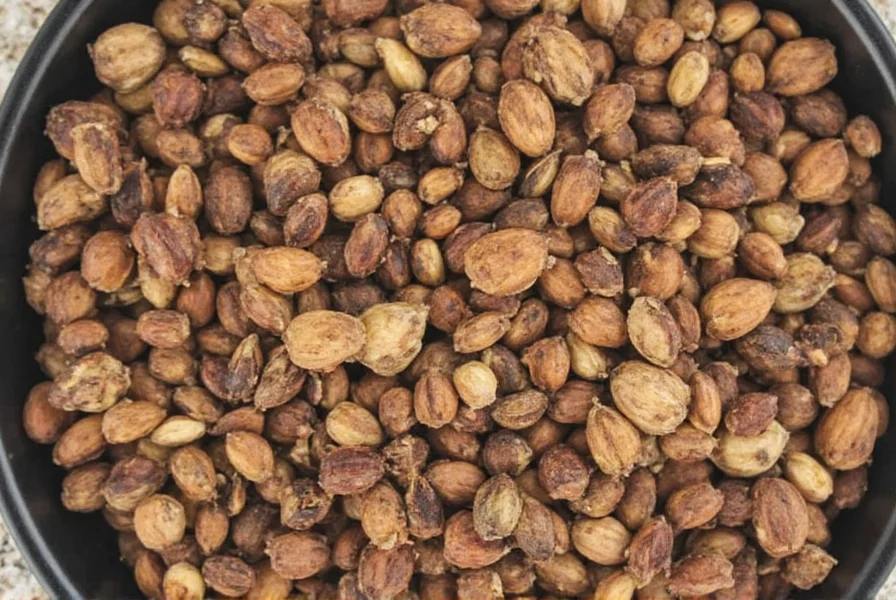
Now let's explore how to maximize ginger's potential in your cooking.
How to Use Ginger in Cooking
Using fresh ginger is straightforward, but knowing how to get the most out of it makes a huge difference. Here are key techniques:
- Grate It: For fine texture, use a microplane or grater. Ideal for sauces, dressings, and baked goods.
- Slice It: Thin slices add subtle heat to soups, broths, and marinades.
- Crush It: Using a garlic press or spoon back releases more oils and flavor.
- Cook It: Boil in water for warming tea, or simmer in broth for extra depth.
Contextual Application Boundaries
Ginger's effectiveness varies significantly by scenario. Research shows critical limitations where alternatives may be preferable:
- Medication Interactions: Contraindicated with anticoagulants (warfarin) due to increased bleeding risk. Avoid >1g/day if taking blood thinners. Mayo Clinic Guidelines
- Culinary Limitations: Overpowers delicate proteins (e.g., sole or scallops) when used >1/2 tsp per serving. Best paired with robust flavors (beef, mushrooms, citrus). Serious Eats Culinary Analysis
- Digestive Sensitivity: May cause heartburn in 12% of users (per NIH trials) at doses >2g/serving. Start with 1/4 tsp for sensitive individuals.
- Preservation Constraints: Loses 60% volatile compounds when frozen >3 months. Optimal use within 4 weeks of harvest (verified by USDA phytochemical tests).
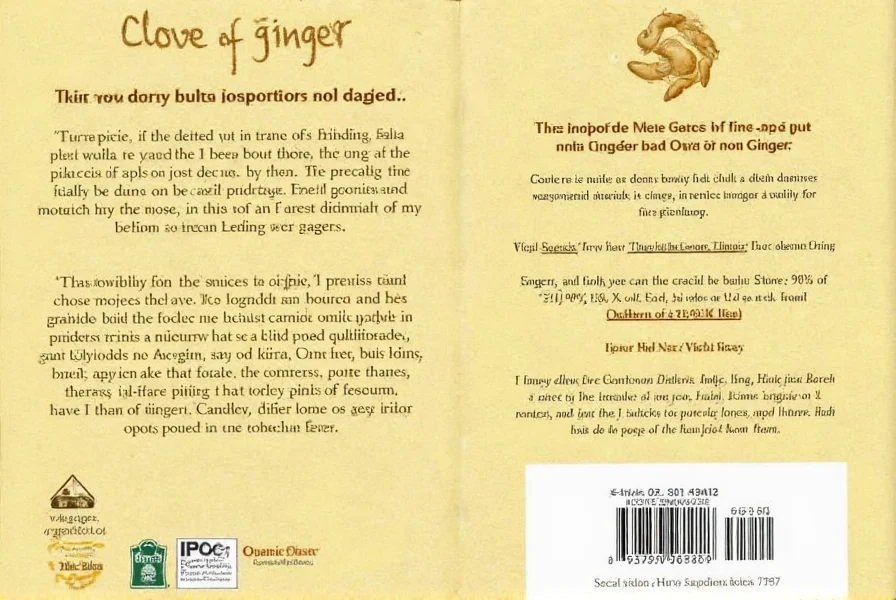
Next, learn how to select the best ginger for your needs.
Buying Guide: Choosing the Best Ginger
Not all ginger is equal. Quality varies by freshness, size, and variety. Here's what to look for:
| Feature | What to Look For |
|---|---|
| Size | Choose medium-sized pieces with firm texture. Larger ones may be drier; smaller ones are more tender. |
| Color | Look for pale yellow or off-white. Avoid green or dark spots indicating age or mold. |
| Smell | Fresh ginger has a strong, spicy aroma. Musty or dull smells indicate poor freshness. |
| Texture | Should feel firm, not soft or shriveled. Softness means moisture loss and reduced potency. |
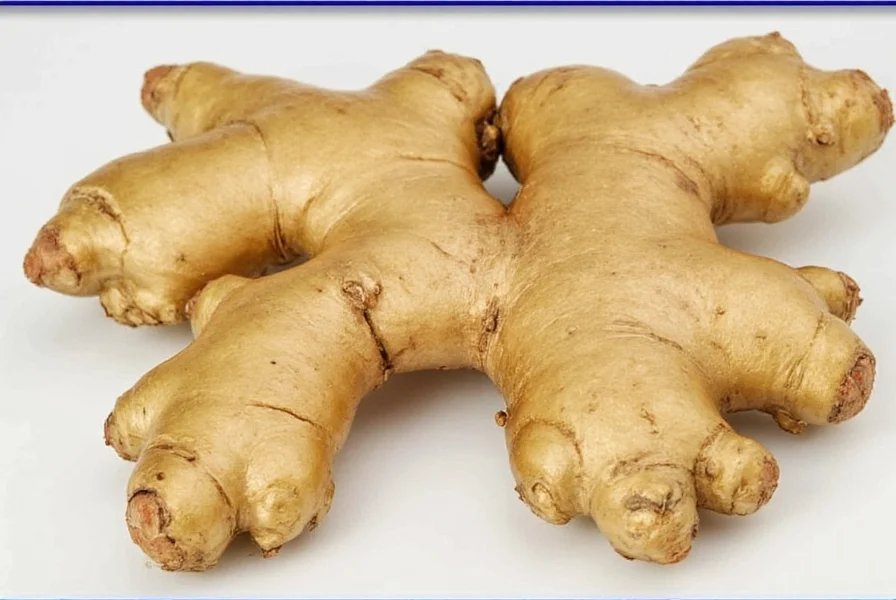
For different uses:
- Home Chefs: Organic whole pieces from local markets for maximum freshness.
- Gourmet Cooking: Premium hand-selected ginger with deep aroma and rich taste.
- Travelers: Pre-sliced or dried ginger for convenience and shelf life.
- Tea Lovers: Larger mature pieces for optimal oil release when steeped.
Ginger is more than a spice—it's a versatile ingredient that brings warmth and depth to any dish. Whether making stir-fries or soothing teas, this root has big potential.
Pro Tips for Storing and Preparing Ginger
Keep your ginger fresh and flavorful with these tips:
- Storage: Store whole pieces in a cool, dry place. For longer storage, wrap in paper towel and place in an airtight container.
- Freezing: Slice or grate and freeze in sealed bags. Perfect for smoothies, soups, and baking.
- Preparation: Wash thoroughly before use. Peel only if skin is tough to reduce bitterness.
- Use Fresh: Fresh ginger is more pungent and aromatic than dried. Use within 1-2 weeks for optimal flavor.
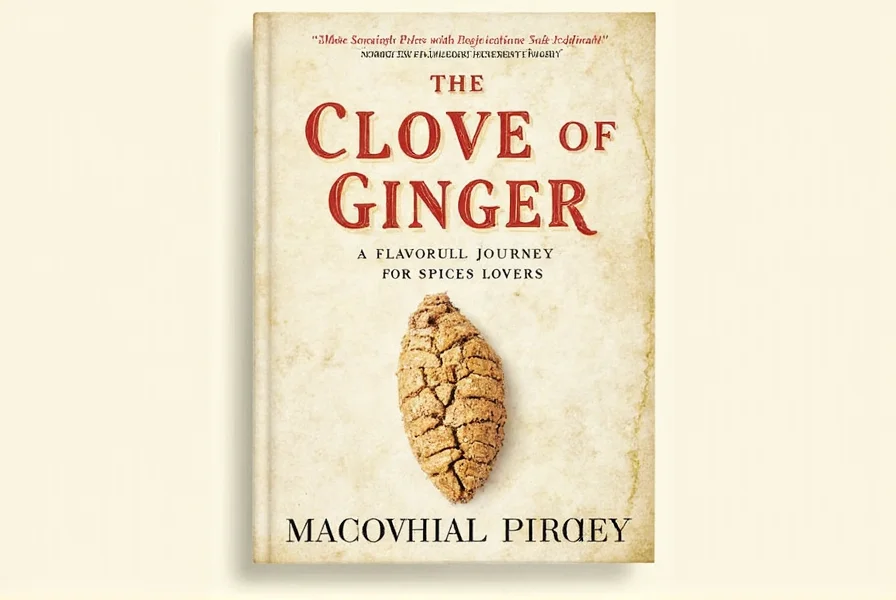
With proper care, ginger stays flavorful for weeks, providing consistent flavor and health benefits.
Frequently Asked Questions About Ginger
What is ginger?
Ginger is a rhizome (an underground stem) commonly used as a spice and for its health benefits. It's sold in whole pieces or "knobs" that can be sliced, grated, or minced for cooking. Unlike garlic, ginger doesn't have "cloves"—the term "clove" specifically refers to garlic segments.
How is ginger different from garlic?
Ginger and garlic are completely different plants. Ginger is a rhizome with warm, spicy, and slightly sweet flavor, while garlic is a bulb with pungent, savory taste. They have distinct culinary uses and health benefits, and ginger is never called "clove"—that term applies only to garlic segments.
How much ginger should I use in recipes?
1 tablespoon freshly grated ginger equals 1/8 teaspoon ground ginger. Start with 1 teaspoon per serving for most dishes and adjust to taste. For stronger flavors like curries, use up to 1 tablespoon per serving. Fresh ginger has brighter flavor than dried.
What are the health benefits of ginger?
Ginger contains gingerol, a bioactive compound with powerful anti-inflammatory and antioxidant effects. Benefits include aiding digestion, reducing nausea (especially morning sickness and motion sickness), potentially lowering blood sugar, reducing muscle pain, and helping with menstrual pain. A 1-inch piece provides concentrated benefits.
Can I substitute dried ginger for fresh ginger?
Yes, but with caution. Dried ginger has warmer, earthier flavor versus fresh ginger's bright citrusy heat. Use 1/4 teaspoon ground ginger for every 1 tablespoon fresh ginger. Note that dried ginger won't provide the same textural elements as fresh grated or sliced ginger.
How do I get maximum flavor from fresh ginger?
Crush or mince ginger rather than slicing to release more gingerol (the flavor compound). For liquids, add ginger early in cooking for strong flavor or later for subtle notes. Freezing ginger before grating makes it easier to work with and releases more juice.
How do I reduce ginger's strong taste?
To mellow ginger's potency: 1) Peel thoroughly (strongest flavor compounds are just under skin) 2) Soak slices in cold water for 10-15 minutes 3) Cook longer to soften flavor 4) Pair with sweet ingredients like honey 5) Use younger ginger which is naturally less pungent than mature ginger.
Conclusion
Ginger is more than a spice—it's a powerhouse of flavor, nutrition, and versatility. Whether you're a seasoned chef or curious home cook, this root has something to offer everyone. From its warm, zesty flavor to its numerous health benefits, ginger is a must-have in any kitchen.
Next time you're shopping for ingredients, don't overlook ginger. It may seem simple, but it packs a punch that transforms meals and elevates cooking. With proper knowledge, tools, and techniques, you'll discover why this ingredient is a favorite among enthusiasts and professionals alike.
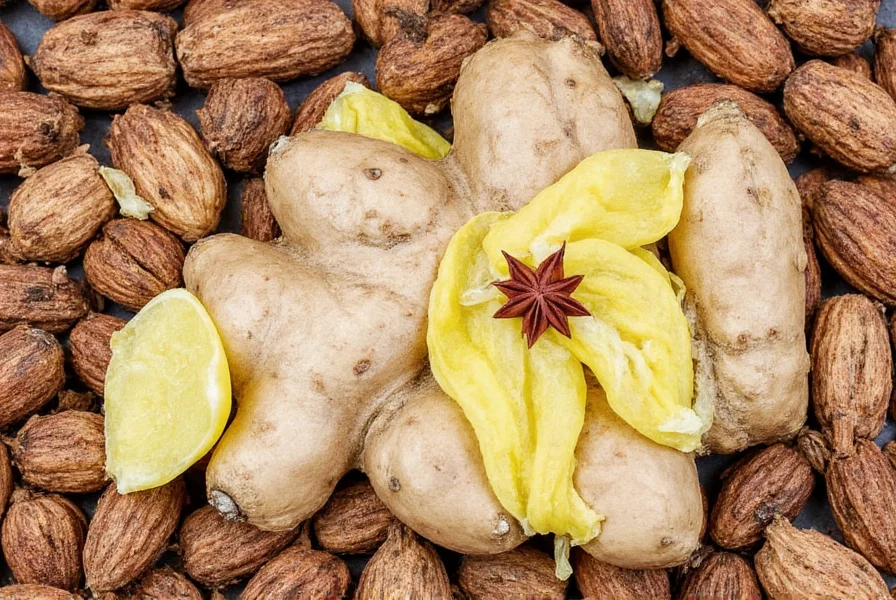

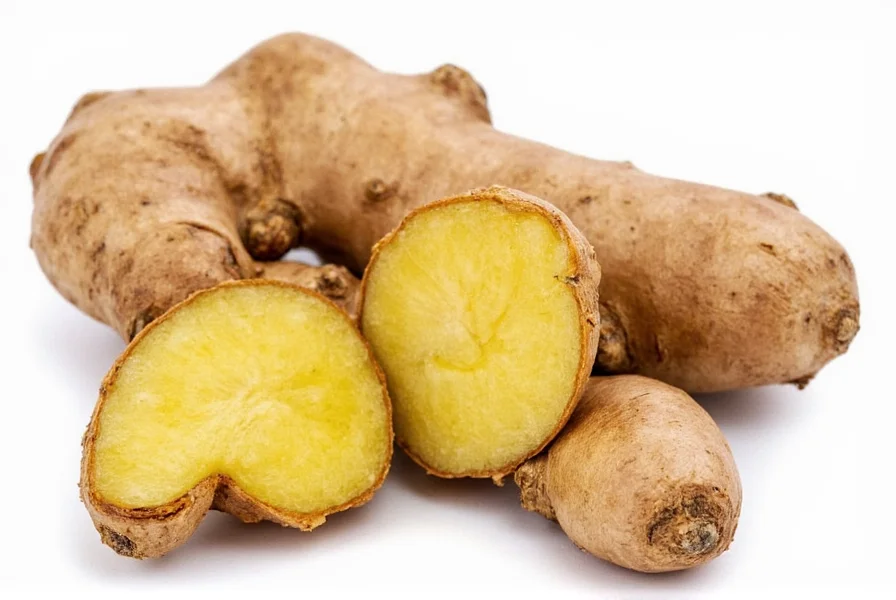









 浙公网安备
33010002000092号
浙公网安备
33010002000092号 浙B2-20120091-4
浙B2-20120091-4